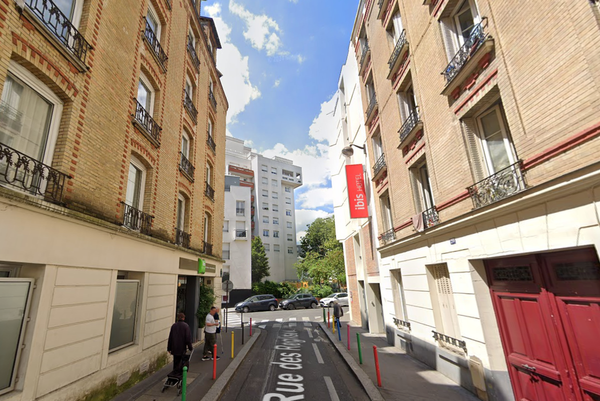TORONTO — Rapid antigen tests don't detect COVID-19 infections with the Omicron variant as reliably as they did with the Delta strain, but changing how and when the tests are performed can boost their accuracy, Ontario's expert science advisers say.
The science advisory table said in a brief released Thursday that the rapid tests, which involve nasal swabs, are less sensitive for Omicron, especially in the first one or two days after infection.
"A single negative test result is not conclusive and should not be used as a green light for abandoning or reducing precautions," the experts said, though a positive result can be considered positive for COVID-19.
Looking at various studies, the brief said the pooled sensitivity of rapid antigen tests for detecting Delta is 81 per cent, while the pooled sensitivity for detecting Omicron is about 37 per cent.
But, they said the tests are better at detecting Omicron if people swab both cheeks, followed by the back of the tongue or throat, then both nostrils – not just inside the nose, as per manufacturer instructions.
One study mentioned in the brief looked at the Abbott Panbio rapid antigen test and found that sensitivity for the Omicron variant for a nasal sample alone was about 68 per cent, while the sensitivity for a combined nasal and throat sample was about 82 per cent.
The science table also cited a study suggesting that sensitivity for detecting Omicron varies between different commercial tests.
As well, the timing of the test matters, the brief suggested. In one study, 30 people who tested positive for COVID-19 on a PCR test did daily rapid antigen tests and no one received a positive result until two days after the PCR positive. At that point, the study said, the test sensitivity was about 17 per cent, but that increased to 83 per cent on day three and was 100 per cent for the next few days.
"In summary, the majority of cases were infectious for multiple days before they had a positive rapid antigen test result," the science table brief said.
Current provincial guidance allows people to end isolation – for example, if they develop symptoms – once they receive negative results on two rapid tests 24 to 48 hours apart.
The results of negative rapid antigen tests are more reliable when they are used frequently, the science table said, such as three to five times a week for voluntary asymptomatic screening.
Health Minister Christine Elliott announced Wednesday that the province is boosting availability of rapid tests, making them free for people to pick up at grocery stores, pharmacies and other settings.
This report by The Canadian Press was first published Feb. 10, 2022.
Allison Jones, The Canadian Press







